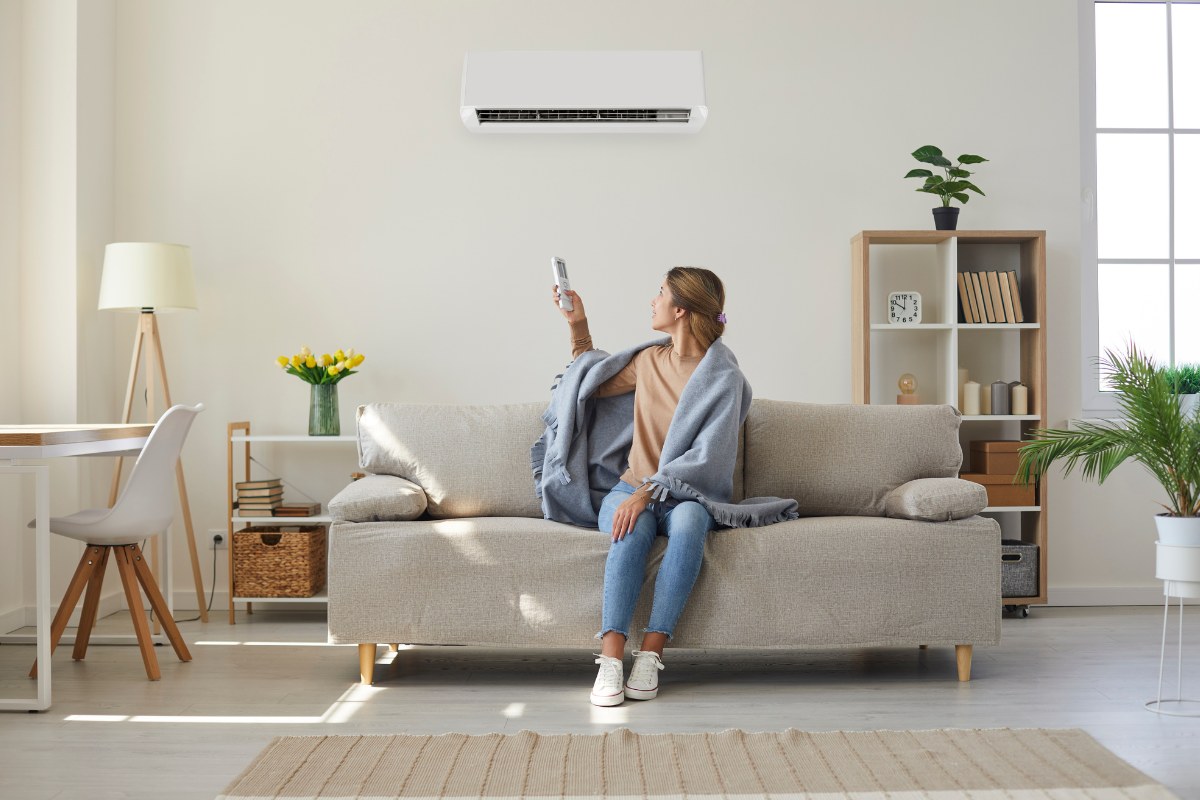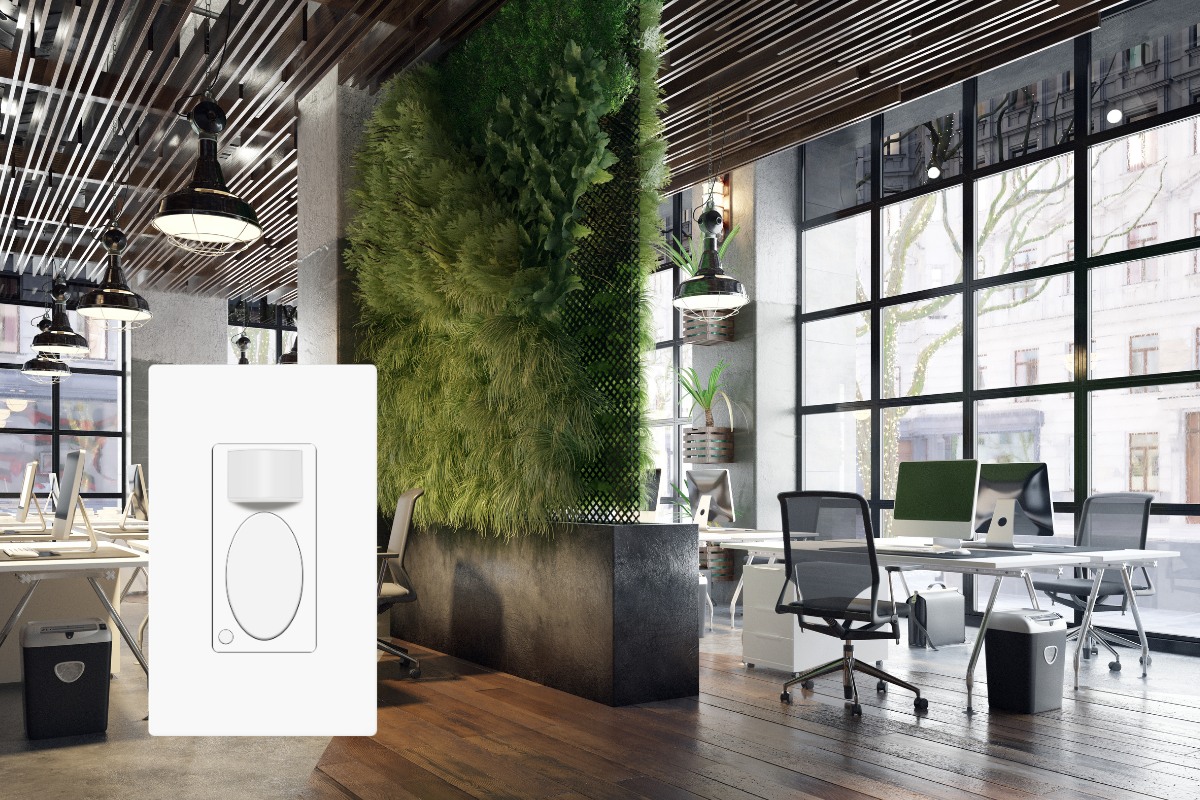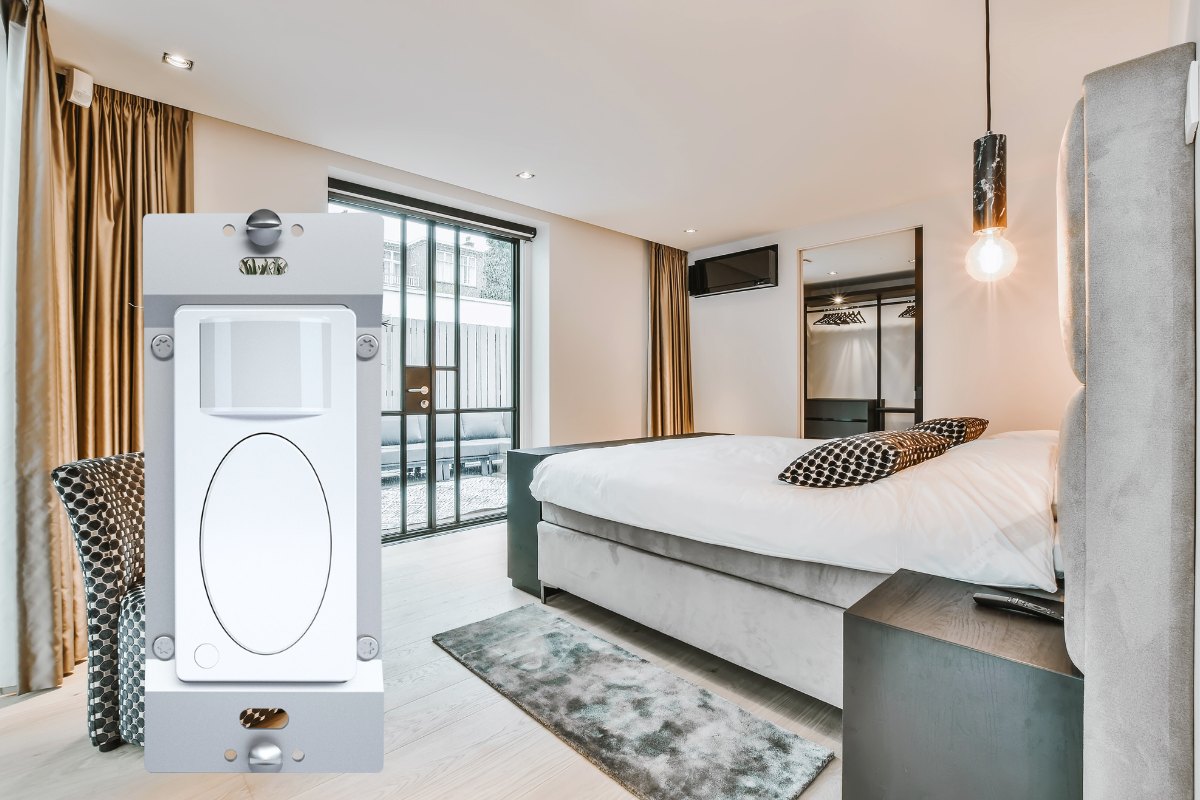What is Under Cabinet Lighting
Under Cabinet Lighting refers to lighting fixtures that are specifically designed to be installed on the underside of upper wall cabinets in a kitchen. Its main purpose is to provide focused and task-oriented lighting on the countertop area, enhancing visibility and improving the overall functionality of the workspace. One of the key benefits of under cabinet lighting is its ability to eliminate shadows and provide direct illumination on the countertop where tasks are performed. This is particularly useful when working with sharp objects like knives, as it ensures precision and safety. Additionally, it creates a more pleasant and inviting work environment by adding a layer of soft and indirect lighting that complements the existing overhead and pendant lighting.
Installation of under cabinet lighting is relatively easy, whether it is done during a kitchen renovation or as a standalone project. There are various options available, including built-in, aftermarket, strip, puck, LED, fluorescent, battery-powered, or hardwired lights, allowing for flexibility in design and customization.
Get Inspired by Rayzeek Motion Sensor Portfolios.
Doesn't find what you want? Don't worry. There are always alternate ways to solve your problems. Maybe one of our portfolios can help.
Apart from the aesthetic and functional benefits, under cabinet lighting also contributes to energy savings and cost-effectiveness. By illuminating the workspace directly, it allows for targeted lighting without the need to turn on the entire room’s lights. This is especially true when using LED lights, known for their long lifespan and energy efficiency.
Looking For Motion-Activated Energy-Saving Solutions?
Contact us for complete PIR motion sensors, motion-activated energy-saving products, motion sensor switches, and Occupancy/Vacancy commercial solutions.
Frequently Asked Questions
Should I Use Bright White or Daylight LED for Kitchen
You should opt for bright daylight LED bulbs in your kitchen. These bulbs are perfect for tasks that require focused lighting, such as cooking and crafting. Using daylight bulbs will ensure that you have adequate lighting for these activities.
Is Lighting Better From Above or Below
To the human eye, illuminating someone from above is perceived as the most natural. This is because when we step outside, sunlight shines on us from above, and when we enter a room, the lighting is typically positioned on the ceiling, casting light downwards. By lighting someone from above, we effectively showcase them in the same way they are seen by the world.
Do You Need Under Cabinet Lighting in Kitchen
Under-cabinet lighting can greatly enhance the overall look and atmosphere of your kitchen. It has the ability to create a warm and sophisticated feel in the room. Unlike overhead lighting, which can be too bright and overpowering, under-cabinet lighting provides a more subtle and desired illumination.
How Long Does Under Cabinet Lighting Last
Many battery powered under cabinet lights have a lifespan of approximately 100 hours. However, the duration of the battery life is contingent upon the frequency of usage. If the lights are used for 3 hours daily, they are expected to last around one month or roughly 30 days. During operation, the lights will consume power from the batteries.
What Are the Disadvantages of Under Cabinet Lighting
Not as bright as other fixtures, under cabinet lighting may not provide the same level of brightness as overhead fixtures due to their placement beneath the cabinet.
Can I Install Under Cabinet Lighting Myself
Adding under cabinet lighting in your kitchen is a simple DIY project that can be easily accomplished by any DIY enthusiast. It is actually much easier than you may anticipate and can be completed in approximately 30 minutes.
What Color Light Is Best for Under Kitchen Cabinets
If you are looking to install LED under cabinet lights in your kitchen, it is recommended to choose a color temperature between 3000K and 6000K. This range includes warm white, natural white, and cool white lights. It is important to avoid anything below 3000K as it may cast a yellowish-orange hue, which can affect color perception.









